AI Weekly Wrap-up #03 – By AI Space
Meta's AGI power play, AI traffic explodes 357%, and why Tesla's robot dreams are still just dreams
Hola 👋, AI Enthusiasts.
It’s been one of those weeks where the AI world feels like it’s running on caffeine and chaos. Meta just dropped a Chief Scientist for its AI Superintelligence Unit yep, they’re officially going big on AGI vibes.
Meanwhile, AI referrals to top websites jumped 357%, proving AI isn’t just writing stuff, it’s literally deciding what we click. Tesla, though? Still behind on its promise of 5,000 Optimus bots this year turns out building humanoids isn’t as fast as tweeting about them.
On the quirky side, Google is testing a “vibe-coding” app called Opal, which sounds like it belongs in a cyberpunk novel. And Spotify? Yeah, they published AI-generated songs from dead artists without permission... nothing creepy about that, right?
Plus, we’ve got a Prompt of the Day you don’t want to miss. It’s a good one.
Let’s jump into this week’s AI madness.
In today's AI Weekly wrap-up:
Meta Chief Scientist of AI Superintelligence Unit
AI referrals to top websites soared 357%.
Tesla is behind on its pledge to build 5,000 Optimus bots this year.
Google is testing a vibe‑coding app called Opal.
Spotify published AI-generated songs from deceased artists without permission.
STOP TELLING CHATGPT TO "WRITE LIKE HUMAN".
Prompt of the Day.
1. Meta Chief Scientist of AI Superintelligence Unit
Meta appoints ChatGPT co-creator Shengjia Zhao as Chief Scientist of Superintelligence Unit
Meta has named former OpenAI researcher Shengjia Zhao as the Chief Scientist of its newly launched Meta Superintelligence Labs, reinforcing its push into advanced AI research.
Key Highlights:
Leadership role formalized: In a Threads post, Meta CEO Mark Zuckerberg confirmed Zhao’s appointment, stating he “co‑founded the new lab and has been our lead scientist from day one.” Zhao will now set the scientific agenda and steer research direction at MSL.
Deep OpenAI pedigree: Zhao co‑created ChatGPT, GPT‑4, and OpenAI’s “o3” and “4.1” model variants. His expertise fills a gap in Meta’s efforts to catch up to the reasoning model capabilities of rivals.
Structured under top AI leadership: Zhao will work closely with CEO Mark Zuckerberg and Chief AI Officer Alexandr Wang (Scale AI’s founder), forming the core leadership of Meta Superintelligence Labs.
Talent war continues: Zhao is one among several high-profile hires from OpenAI, Google DeepMind, Anthropic, and Apple, as Meta aggressively pursues superintelligence leadership and has reportedly offered multi‑million‑ to nine‑figure compensation packages.
FAIR division stays separate: Yann LeCun, long-time Chief Scientist of Meta’s Fundamental AI Research (FAIR) team, remains focused on long-term foundational research. His role and FAIR’s mission are unchanged despite the new Superintelligence Labs structure.
Meta’s broader AI ambitions: The creation of MSL follows a major investment in Scale AI (~$14 billion stake) and reflects Zuckerberg’s goal to build “full general intelligence,” positioning Meta against OpenAI, Google, and others in the race for advanced AI innovation.
2. AI referrals to top websites soared 357%.
AI referrals to top websites soared 357% year‑over‑year in June, hitting 1.13 billion
AI‑driven platforms now account for more than 1.13 billion monthly referral visits to the world’s top 1,000 websites, a 357% jump from June 2024, signaling a rapid evolution in how people discover content online.
Key Highlights:
Massive growth in AI referrals: In June 2025, AI platforms generated over 1.13 billion referral visits to top global sites, a 357% increase compared to the same month last year.
Google still dominates overall traffic: Despite the rise in AI referrals, Google Search remained the leading source, with approximately 191 billion referrals to those sites in June 2025.
News/media category outpaced growth: Referrals to news and media sites skyrocketed 770% year-over-year in June, highlighting the shifting dynamics in publisher traffic.
Top news platforms by AI traffic:
Yahoo led with ~2.3 million AI referrals
Followed by Yahoo Japan (1.9M), Reuters (1.8M), The Guardian (1.7M), India Times (1.2M), and Business Insider (1.0M).
ChatGPT dominates AI referrals: Over 80% of the AI‑driven traffic to the top 1,000 domains originated from ChatGPT, underscoring its central role in this shift.
3. Tesla is behind on its pledge to build 5,000 Optimus bots this year.
Tesla is falling short of its ambitious 5,000 Optimus humanoid robots production target for 2025, with only a few hundred units built so far. The delay raises questions about Musk’s aggressive timelines as the company faces financial headwinds.
Key Highlights:
Production gap: Only a few hundred Optimus bots have been built so far, far from the 5,000-unit goal.
Financial pressure: Q2 revenue fell 12%, with weaker EV sales and declining regulatory credits.
Future plans: Musk targets Optimus 3 production in early 2026 and aims for 1 million units annually within five years.
Initial use cases: Early robots will work inside Tesla factories to automate repetitive tasks before any public rollout.
Pattern of delays: Tesla’s past timelines, including robotaxis and earlier mass production claims, have repeatedly slipped.
4. Google is testing a vibe‑coding app called Opal
Google is piloting Opal, a new “vibe‑coding” app available via Google Labs in the U.S. It enables users to build mini web apps using only natural language prompts and a visual workflow interface No coding skills needed.
Key Highlights:
Vibe‑coding interface: Describe your app in plain English and Opal crafts an interactive workflow. Users can view and edit each stage inside a visual editor to refine prompts or add steps manually.
Edit and share: Once built, your mini‑app can be shared with others via Google account-enabled links.
Designed for non‑technical creators: Google aims to appeal to hobbyists, designers, students, or anyone curious about creating software without writing code, positioning Opal alongside platforms like Canva, Figma, Replit.
Promotes rapid prototyping: Ideal for brainstorming, building proof-of-concept apps, automating tasks, or personal workflows using AI-generated pipelines of tools and prompts.
Experimental beta in the U.S.: Opal is currently in public beta exclusively in the United States via Google Labs, signaling Google’s intent to test its vibe‑coding approach before broader release.
5. Spotify published AI-generated songs from deceased artists without permission.
Spotify is facing a major backlash after AI-generated tracks appeared under the official profiles of deceased musicians Blaze Foley and Guy Clark without approval from their estates or labels, raising ethical, legal, and content moderation concerns.
Key Highlights:
Unauthorized AI tracks discovered: A song titled "Together" showed up on Blaze Foley’s verified page along with another track "Happened To You" on Guy Clark’s catalog, both falsely attributed and credited to a company called “Syntax Error”.
Insensitive impersonation flagged: Blaze Foley’s label manager Craig McDonald described the Foley track as “kind of an AI schlock bot” that “has nothing to do with the Blaze you know,” firmly disavowing it as an official release.
Removal after exposure but no long-term fix yet: Spotify removed the tracks once flagged by 404 Media, citing violation of its "Deceptive Content" policy, but has not outlined lasting protections or systems to prevent recurrence.
Broader trend of fake AI music: Similar incidents include AI-generated bands like Velvet Sundown earning millions of streams before being exposed, showing that Spotify’s reactive moderation isn't enough to curtail misuse.
6. STOP TELLING CHATGPT TO “WRITE LIKE HUMAN”
Use these 7 smarter prompts instead:
Tone Upgrade: “Rewrite this [insert text] to sound confident, relatable, and natural, like a human who knows what they’re talking about but still speaks casually.”
Emotion Check: “Analyze this [insert text] for emotional impact on a scale from 1–10. Improve it to reach 10/10 by making the reader feel [emotion you want, e.g., inspired, curious, urgent].”
Reader Mirror: “Rewrite this [insert content] as if you’re speaking directly to a [insert audience, e.g., burned-out freelancer, beginner investor], using words and struggles they actually relate to.”
Clarity Overload: “Simplify this [insert paragraph] to a 9th-grade reading level, but without sounding dumb. Keep the message strong and make it punchy.”
Subtext Layering: “Take this sentence and rewrite it to imply deeper meaning or emotion without saying it directly. Make the reader feel more than what’s written.”
Pattern Interrupt: “Rewrite this hook to stop the scroll. Use contrast, curiosity, or a surprising twist that breaks the expected pattern in the reader’s mind.”
Copy Breakdown: “Break down this paragraph into: 1. Hook, 2. Problem 3. Solution, 4. Call to action. Then rewrite each part to be more compelling and emotionally charged.”
7. Prompt of the Day
AI Fitness Plan
Prompt: You are a health and nutrition expert. Take the following information about me and create a personalized fitness plan.
About me:
[age]
[gender]
[height]
[current weight]
[medical conditions]
[allergies]
[other relevant information]
My goals are:
[health and physique goals]
Create a fitness plan that aligns with my fitness goals and requirements stated above.
Note: ChatGPT and other chatbots are prone to hallucinations and may produce inaccurate information in some instances. Please take necessary precautions.



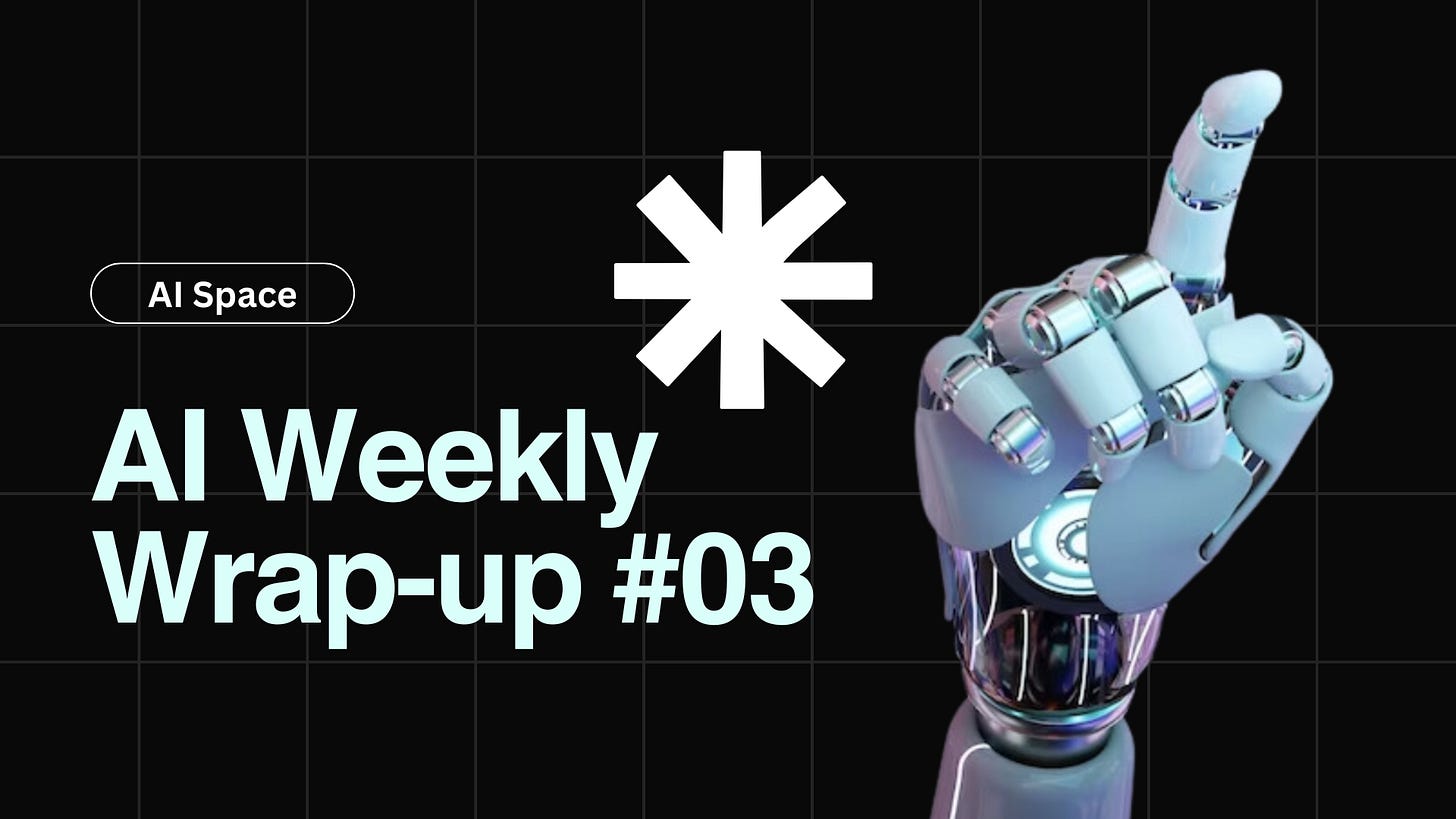
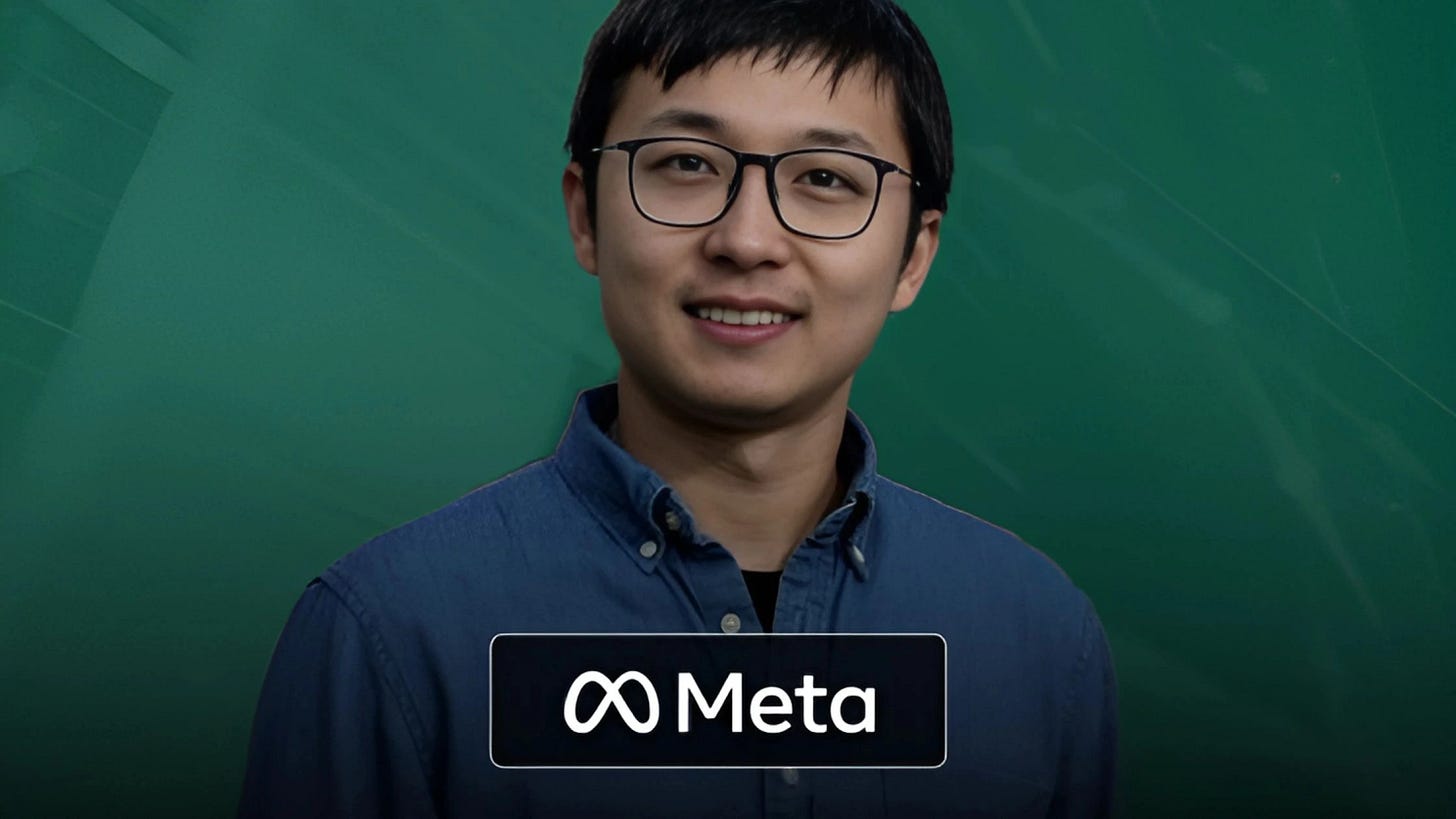
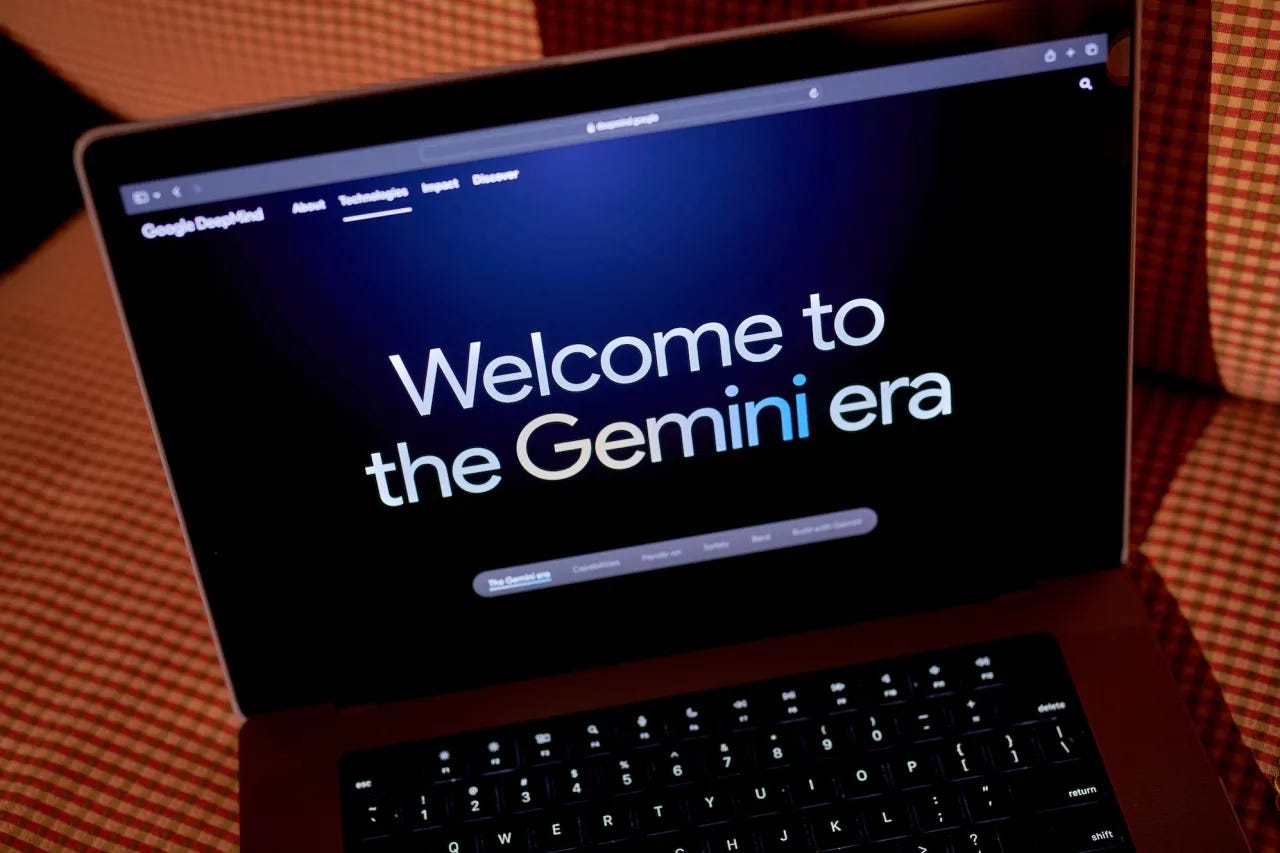
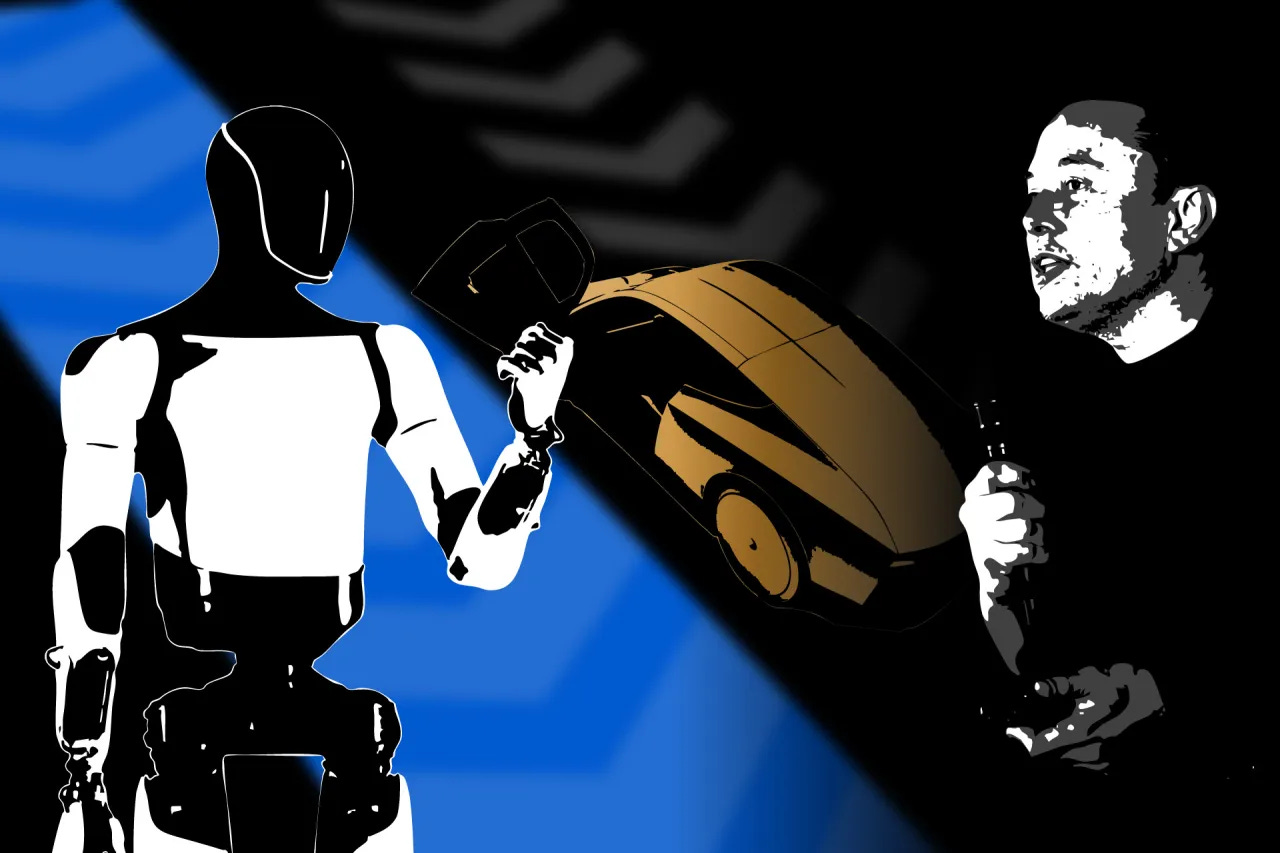
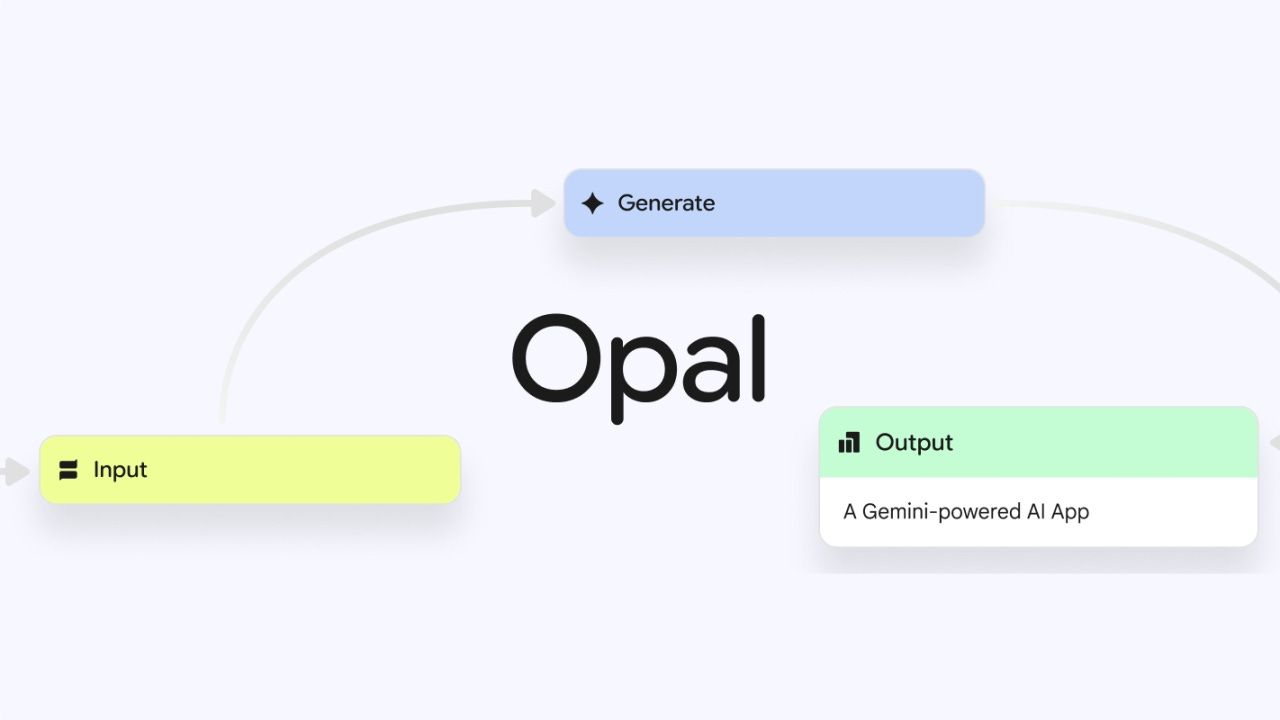
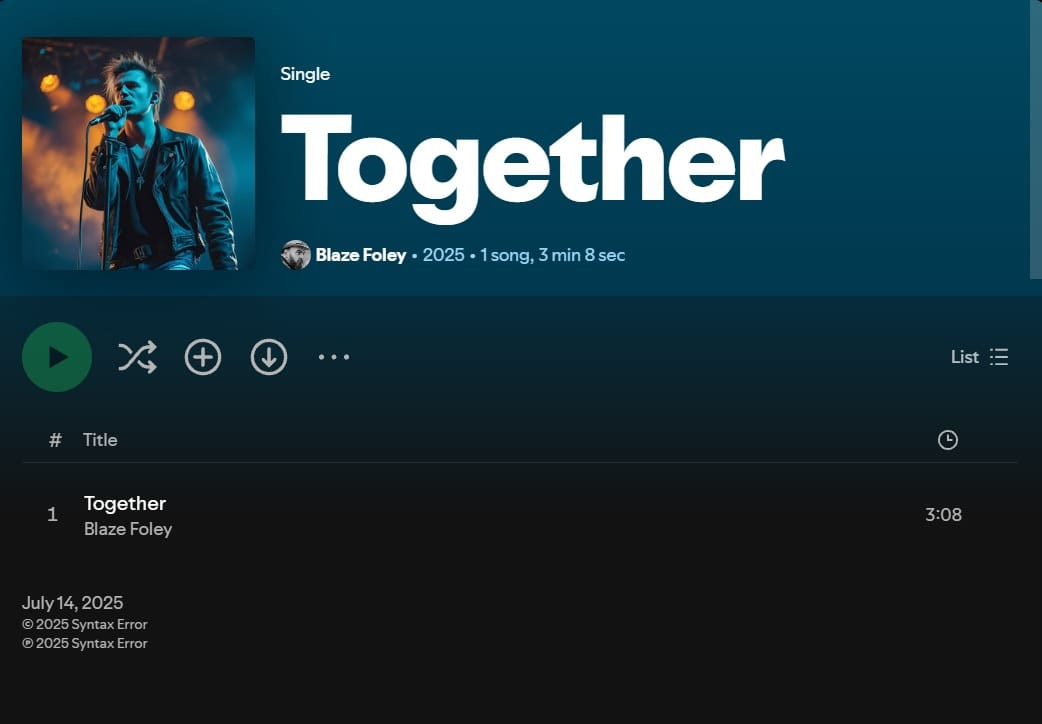
The only thing scaling faster than inference is misalignment